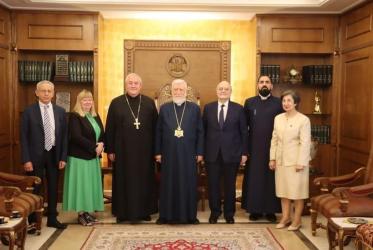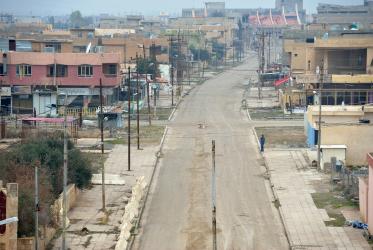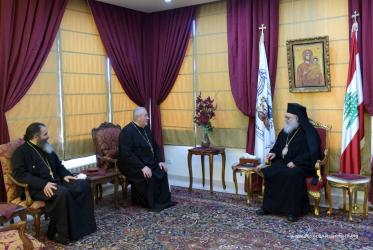Libanon
Lebanon was Christianized as of the first century AD. With the Arab conquest and Islamization in the 7th century, it became the area with the highest proportion of Christians in the Middle East. It was occupied by the Turks from the 16th century until 1918 when the western powers liberated Lebanon. Under French mandate until 1943, it became independent in 1944, with a political system that provided a distribution of power between the majority Christians, the Muslims (Sunni and Shi'ite), and the Druze (a Muslim sect). This balance was gradually disrupted because of demographic changes among the religious communities. From 1975 to 1990 Lebanon was the scene of a civil war which devastated the country. It ended with an arrangement that placed Lebanon under the military and political tutelage of Syria. Israel, which had occupied southern Lebanon in the 1980s, withdrew in 2000. Syria repatriated its forces in 2005 under popular and international pressure. Lebanon is faced with the challenges of political stability, economic recovery and reconstruction. Christians have made a distinguished contribution to the making of Lebanon and continue to play a key role in the social and political development of the country. The largest Christian community is the Maronite Church, which traces its origins back to the 4th century and is Catholic. The main Orthodox churches are the Patriarchate of Antioch (Eastern), and the Armenian Apostolic and Syrian Orthodox churches (Oriental). Smaller Catholic churches are the Melkites (Greek), Chaldean, Latin, Armen- ian and Syrian. The small Protestant churches are the fruit of missionary work in the 19th and 20th centuries.




